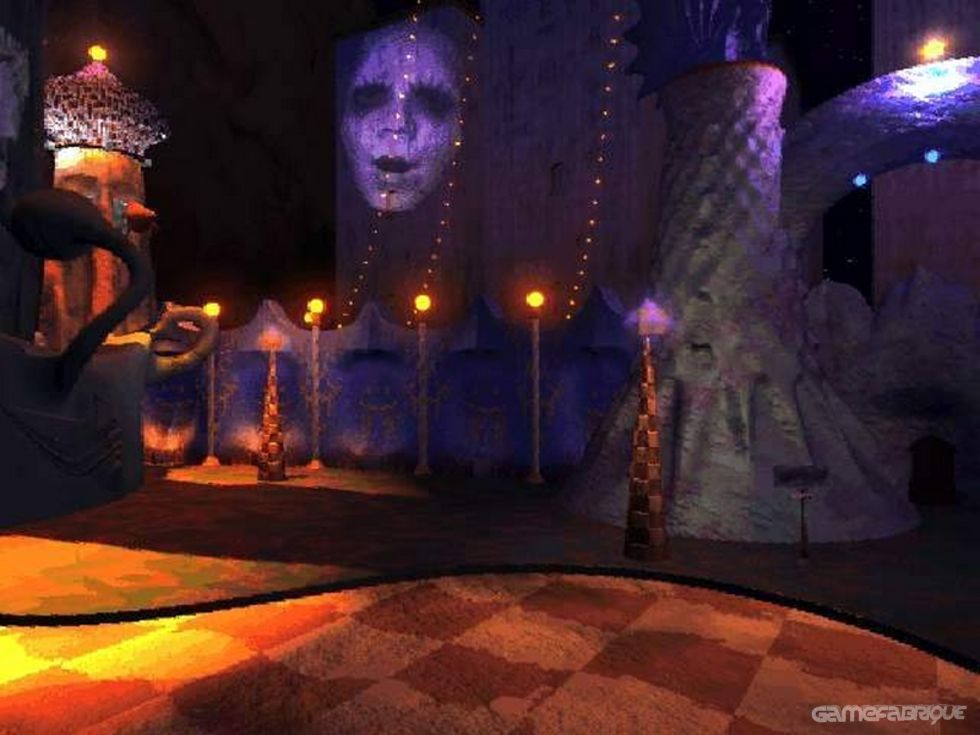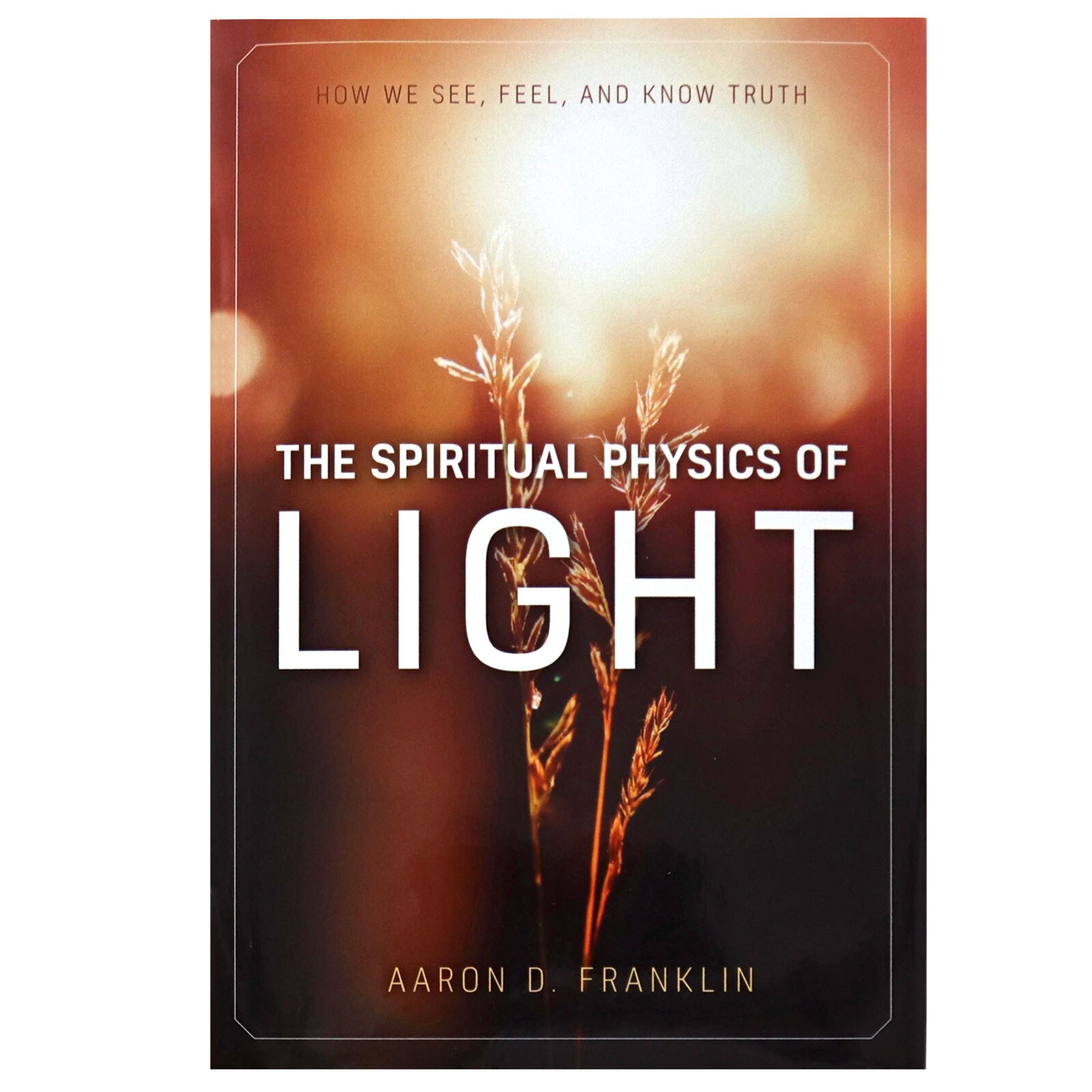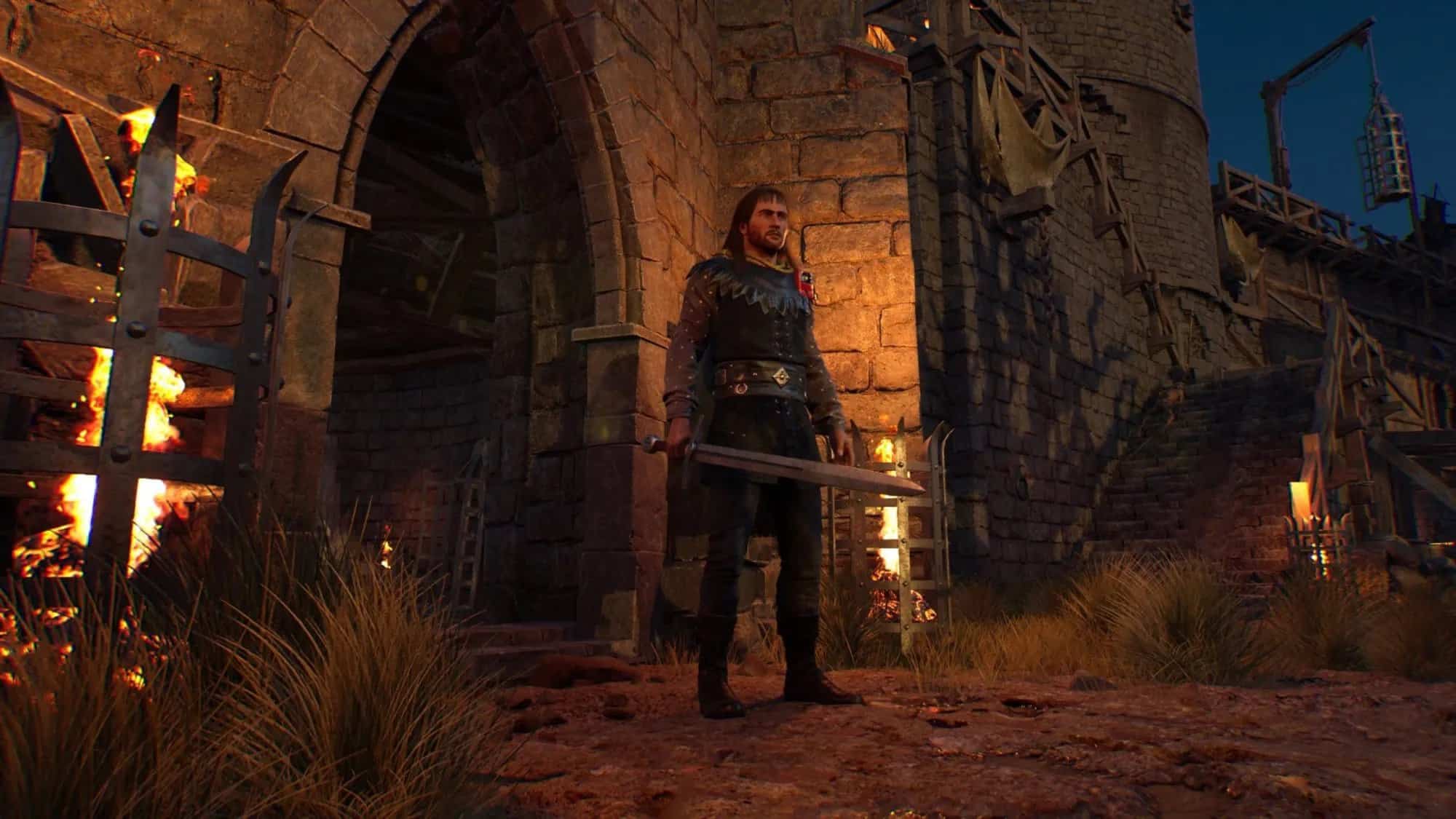
But it uses this history of false darkness in video games to create the illusion that it isn’t. Unlike other games that always want to make sure the player can see everything they need to, Below hides itself from the player. This makes even the beginning stages dangerous as the game constantly takes the one thing that can hold the darkness at bay.īelow isn’t scared of the dark it revels in it. The game is already procedural generated, so each spelunking attempt is different, but the shadows moves closer to you and conceals more without the lantern. The most powerful item in a Below is a magic lantern that lets you easily detect traps as you approach them, but you each time you die, you have to collect it from your previous corpse. The darkness actually hides some important information and makes you cautiously work around it to survive. Like so many other games, the darkness can appear like nothing more than set dressing to make the game appear more moody. The distinct lights of enemies and items gives the player the impression that they can see all the necessary information they need to. This deception hasn’t been used much in games before, or at least not like this. As your health dwindles and your hunger rises, spotting something out in the dark might be exactly what you need to survive, as long as you avoid the trap right in front of you. Below employs a hunger and thirst meter that means players will always have to be on the lookout for more supplies to sustain themselves. Because it is not just enemies that glint and flicker in the darkness, but items as well.


Some of them are seemingly harmless, but others are quite the opposite.Ī lot of my time with Below was spent blundering into traps, paying too much attention to the things lurking in the darkness. They litter the cave floor that can mean instant death for anyone that activates it. While you are navigating the darkness to avoid or confront this enemy, you might not be paying attention to where you’re going. These act as a warning for the player, but also a distraction. The early crystallized foes glow with a hostile red light that can twinkle in the corners of your darkened screen. The caves of Below are filled with monsters, but they can be spotted in the dark. Now you are relying on torches, lanterns, and enemies to provide light. Before you have the chance to realize it, you can get completely lost in an incredible fog of shadows. You are left surrounded and vulnerable by the game’s unforgiving black depths. It’s claustrophobic to see your vision draw up closer and closer to the hero, with more and more creeping darkness filling out your screen. What begins as gray shadows progressively becomes a suffocating darkness as you descend further. Anything Can Sneak Up On You In the Darkīut Below‘s darkness is creeping.

Other games that encourage this, such as Dying Light, didn’t punish the players with darkness but with the creatures within. This forced the player to use items and magic to navigate in the gloom, or plan ahead and find safety before night fell.

The nights in Dragons Dogma‘s plunged the world into incredible darkness, reducing the vision of the player to practically nothing. Perception depicts blindness as a dark screen, but for all the consequences, players are still in control of what they can and can’t see through a visual representation of echolocation. Some games have experimented with darkness in different ways.


 0 kommentar(er)
0 kommentar(er)
